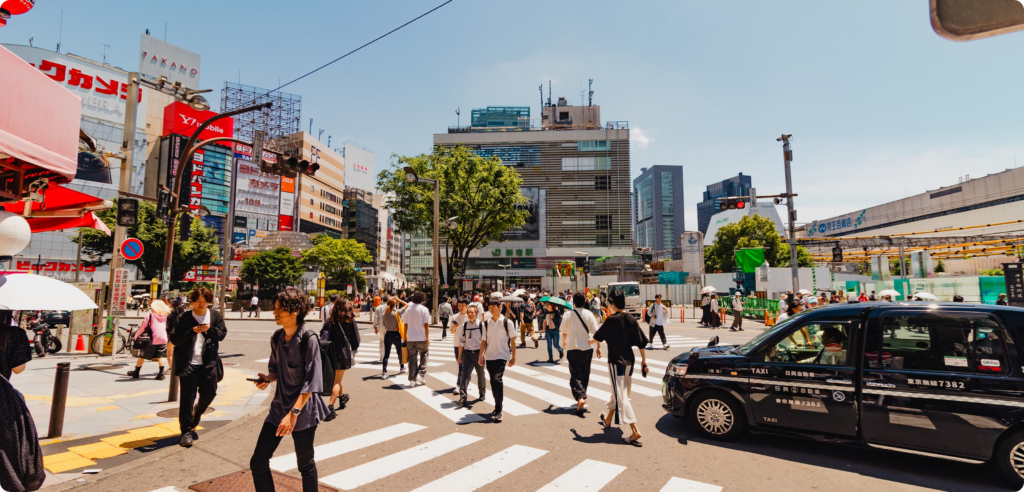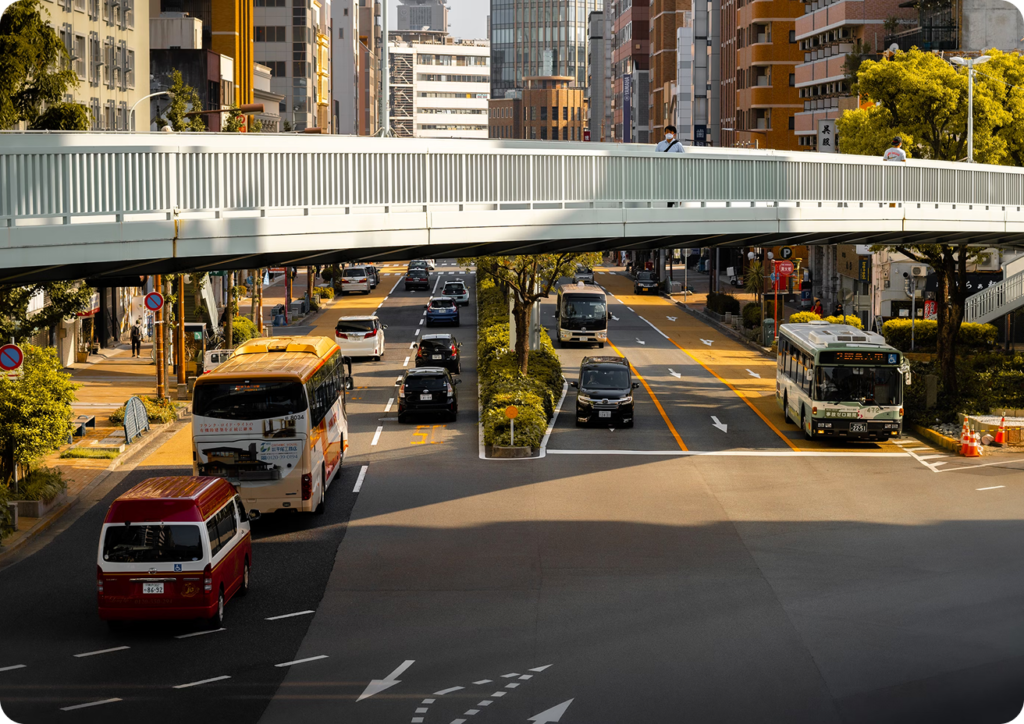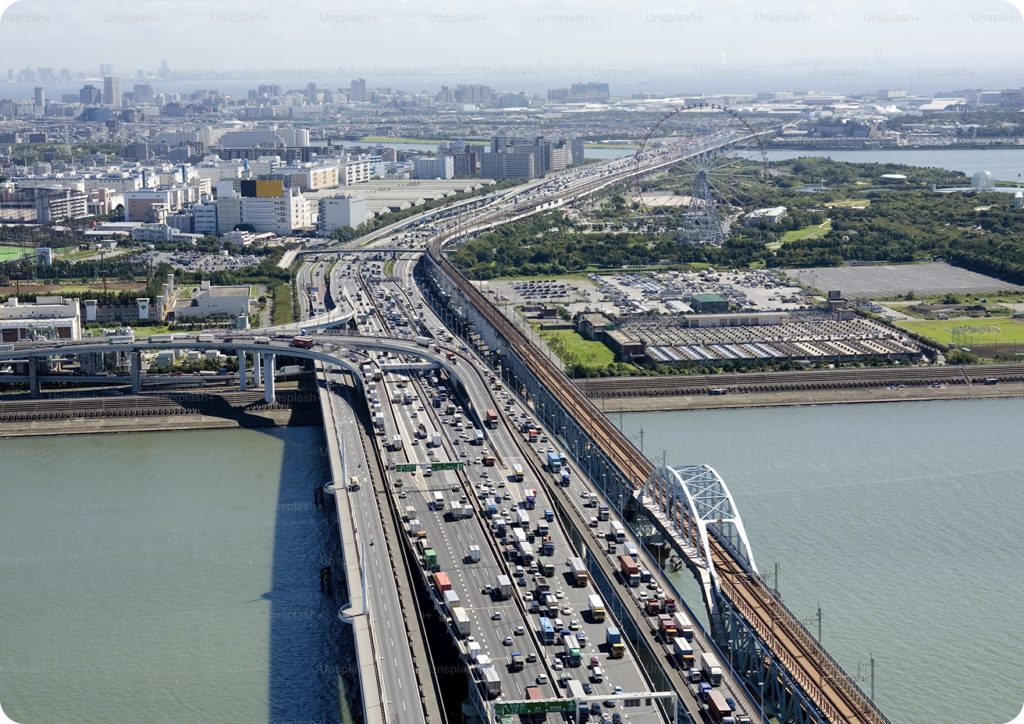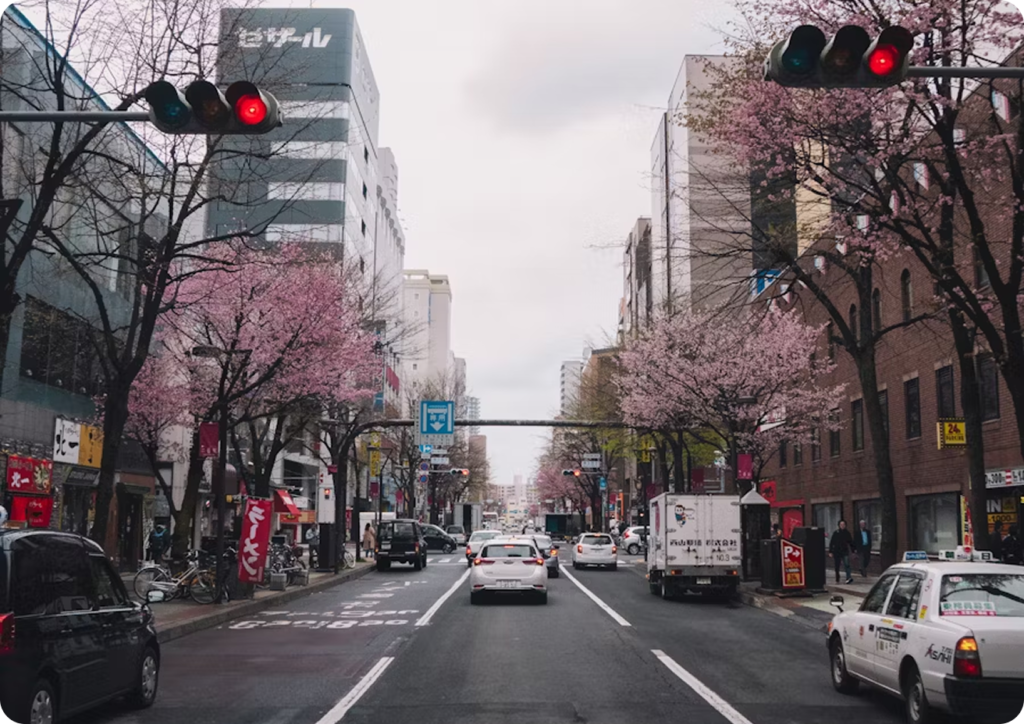Valid driver’s licenses in Japan
Let’s start with the basics: what kind of license do you need to drive in Japan? If you plan on renting a car when you arrive, it’s best to have this sorted out in advance. Not just any license will do when picking up your rental, and definitely not for driving.
The type of driver’s license you’ll need depends on where you got your original one. In some cases, an international permit will be enough. In others, you’ll need a translation. Here’s what you’ll need based on your country of residence or origin:
1. International Driver’s License (IDP)
Spaniards, Mexicans, Americans, Chileans… most travelers will need to get an international driver’s license before leaving their country. It’s a very simple process. In Spain, for example, you can do it through the DGT; in Mexico, at the SRE offices.
Heads up, Japan only accepts international permits issued under the 1949 Geneva Convention. If your country issues an IDP based on the 1968 Vienna Convention (as some Latin American countries do), it won’t be valid there.
2. Domestic license + official translation
Visitors with a driver’s license issued in France, Germany, Switzerland, Belgium, Monaco, or Taiwan can drive in Japan without an IDP. However, they’ll need to provide an official Japanese translation of their original license. This can be obtained at your country’s embassy in Japan or by requesting it through the Japan Automobile Federation (JAF).
3. Exchange of foreign license to Japanese license
The two options mentioned above are only valid for up to 12 months. If you’re planning to study, work, or stay longer in Japan, you’ll need to exchange it for a Japanese driver’s license. This process, called “gaimen kirikae”, also depends on your nationality.
If you’re coming from Spain, Germany, France, the UK, Italy, Switzerland, or a few other countries, you won’t have to take a driving test. All you need to do is provide the necessary documents (passport, residency card, valid license, official translation, proof of residence) and pass an eyesight test.
If you are from Mexico, Colombia, Argentina, Chile, USA, among others, you will have to take both theoretical and practical tests to obtain the Japanese license. In both cases it is done at a local JAF office or traffic police station.
Be careful, as the rules are pretty strict in this country. If someone with a valid license rents a car and you decide to drive it without the proper permit, you could end up with a hefty fine.
Requirements and documentation to drive in Japan
Having a valid driver’s license isn’t the only thing you’ll need to drive legally in Japan; there are a few other requirements. Many of them are the same as in other countries, like making sure your insurance is up to date. But some are a bit different. Here’s what else you should keep in mind:
- Minimum and maximum age to drive: In Japan, you can only get behind the wheel if you’re over 18. There’s no official maximum driving age, but once you hit 70, you’ll need to renew your license more often.
- Compulsory insurance: In Japan, every vehicle has to be covered by mandatory insurance, known as Jibaiseki. If you’re renting a car, this is usually included. On top of that, many travelers choose to get optional coverage—called Nini Hoken—to protect against damage to the car or third parties.
- Alcohol limits at the wheel: Japan has zero tolerance when it comes to drinking and driving—no amount of alcohol is allowed. And the penalties are serious: fines can go up to ¥1,500,000 ($3,280), and you could even face jail time. Plus, if someone lets you drive after drinking, they can be penalized too.
- Technical inspection and maintenance of the vehicle: All cars in Japan must pass a mandatory technical inspection (Shaken) every two years.
Traffic regulations in Japan and signage
Alright, now that we’ve covered what you need to legally drive in Japan, let’s talk about a few other things you should know before hitting the road. Are the traffic rules in Japan the same as everywhere else? Some are—but others are definitely not. Here are a few things to keep in mind:
- Direction of traffic: First off, in Japan, people drive on the left side of the road. If you’ve never done it before, it’ll definitely feel strange at first. You’ll need to stay extra alert—especially at intersections.
- Speed limits: They are pretty low compared to other countries. In cities, it’s usually 40 km/h. On smaller roads, it’s around 50 to 60 km/h, and on highways, you can go between 80 and 100 km/h. In school zones or residential areas, it drops even further.
- Cell phone use: Using your cell phone while driving is strictly prohibited.
- Signage: Road signs in Japan can look a bit different from what you’re used to. For example, stop signs are red upside-down triangles with Japanese characters on them. And traffic lights? The “green” light often looks more blue than green—but don’t worry, that’s totally normal.
- Fines and common violations: Breaking traffic rules in Japan can cost you—big time. Just checking your phone while driving could land you a fine of up to ¥100,000 ($656). Caught driving under the influence? You’re looking at up to three years in jail or a massive fine. And if you’re speeding, don’t be surprised if they take away your license altogether.
Tolls and refueling
With everything we’ve covered so far, you’re pretty much ready to hit the road! Now let’s move on to some of the more practical stuff. Two things you’ll deal with almost right away are tolls and fuel. So, what should you know about them?
1. How tolls work in Japan
Important to note: most highways in Japan have tolls. The cost depends on the distance and route you’re taking. For example, driving from Tokyo to Nagoya could set you back between ¥7,000 and ¥8,000 ($47–54). For shorter trips, expect to pay around ¥25 ($0.17) per kilometer.
How do you pay? When you enter the highway, you’ll get a ticket. When you exit, you’ll hand it over so they can calculate the toll. You can pay in cash, so make sure to have small bills on hand.
You can also choose to get the ETC (Electronic Toll Collection) system when renting your car. It’s a prepaid card that’s placed in the vehicle, and the toll is automatically charged when you pass through the toll gates. It’s much easier to use, and you’ll also get some discounts.
2. Refueling in Japan
Gas stations are quite efficient in Japan, there are both self-service and staffed. If you get an automatic one, you will have to choose on the display:
- Red: Normal gasoline
- Yellow: Premium gasoline
- Green: Diesel
How much does it cost? Right now, a liter of regular gas is around ¥185 ($1.27). Despite Japan’s high cost of living, gas prices are pretty average compared to other countries. You can pay in cash or by card, and some stations even accept mobile payment apps.







